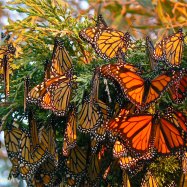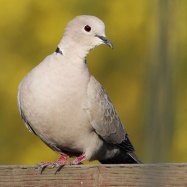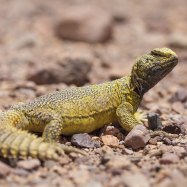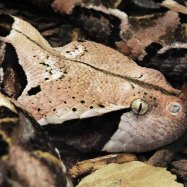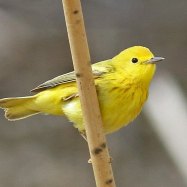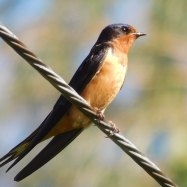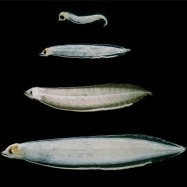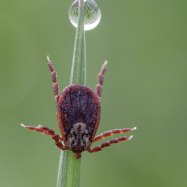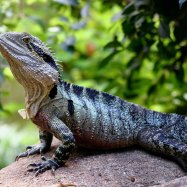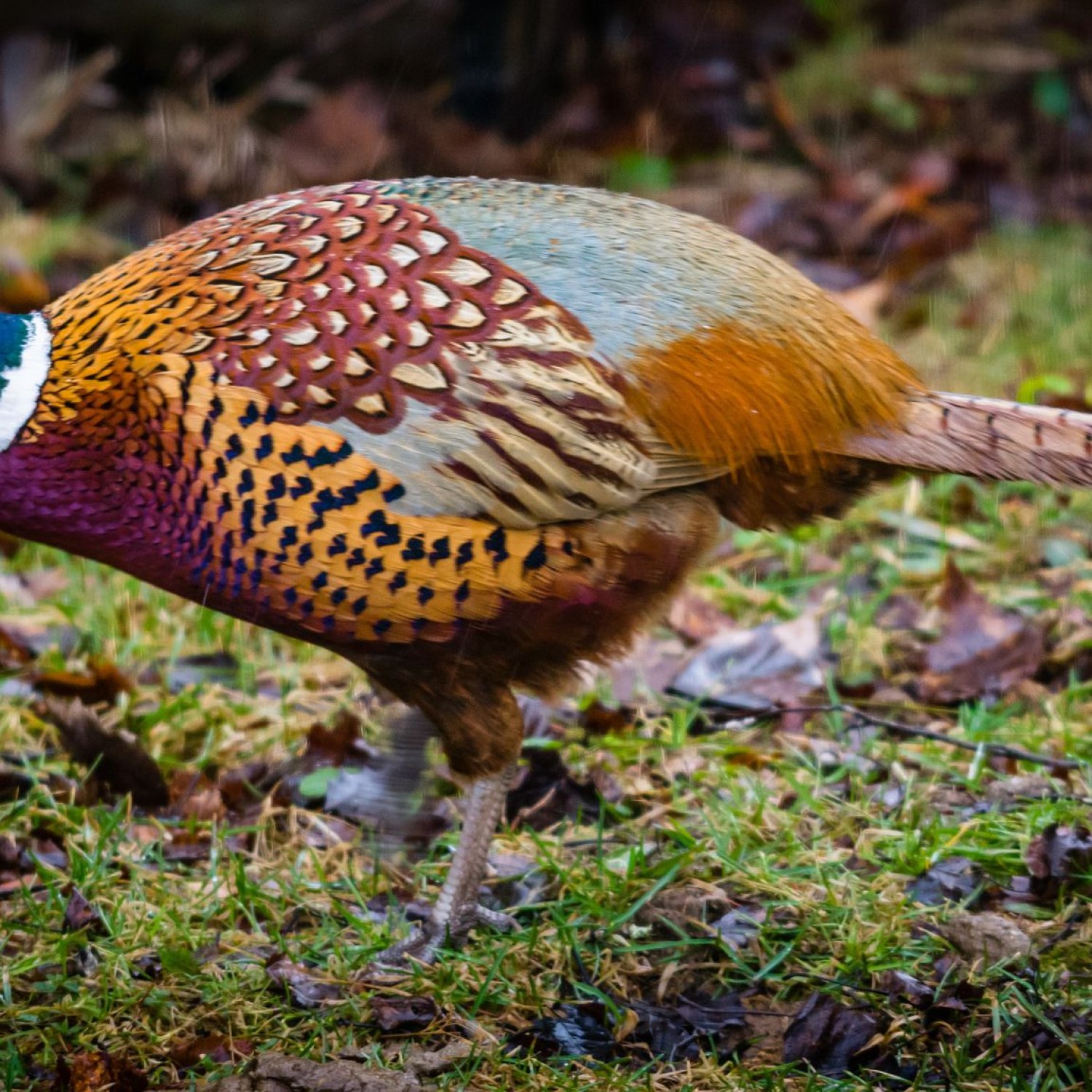
Pheasant
Male - 70 to 90 cm, Female - 50 to 63 cm
Pheasants are beautiful birds found in many countries, thanks to human introductions. Males can reach up to 90 cm in length, while females are slightly smaller at 63 cm. With a medium-sized body, long tail, and strong legs, they are agile and stunning to watch in their natural habitat. Learn more about this member of the Phasianidae family and appreciate its majestic beauty.
Animal Details Summary:
Common Name: Pheasant
Kingdom: Animalia
Habitat: Grasslands, woodlands, and wetlands
The Majestic Pheasant: A Colorful Bird with a Rich History
The pheasant, with its striking colors and elegant body shape, is a bird that has fascinated humans for centuries. Often associated with aristocracy and nobility, this bird has captured the hearts of many. With its scientific name Phasianus colchicus, the pheasant has a wide geographical distribution, found in both Europe and Asia. Considered one of the most beautiful birds in the world, the pheasant has a rich history and unique characteristics that make it a truly remarkable creature Pheasant.The Classification of Pheasants
The pheasant belongs to the animal kingdom, under the phylum Chordata, which includes all animals with a notochord. It falls under the class Aves, along with other birds, and is a member of the Galliformes order. This order includes other medium to large-sized birds such as turkeys, quails, and chickens. The pheasant is part of the Phasianidae family, which consists of over 150 species of pheasants, partridges, and quails.Where Do Pheasants Live?
Pheasants inhabit a diverse range of habitats, including grasslands, woodlands, and wetlands. They are commonly found in areas with dense undergrowth and shrubs, providing them with cover. Pheasants are highly adaptable birds and have been introduced to various countries around the world, where they have successfully established populations. However, their country of origin is China, where they were first domesticated for food.Nutrition and Feeding Habits
Pheasants are omnivorous birds, meaning they can consume both plant and animal matter Parrotlet. They primarily feed on insects, seeds, fruits, and grains, but will also eat small reptiles, amphibians, and even small mammals. In captivity, they are often fed a combination of grains and animal protein sources to meet their nutritional needs.Unmistakable Plumage and Body Shape
One of the most striking features of pheasants is their colorful and iridescent plumage. The males, known as roosters or cocks, are especially colorful, with shades of copper, green, blue, and red. Their long and graceful tail feathers, also known as "coverts," add to their majestic appearance. In contrast, females, known as hens, are more camouflaged with brown and black feathers, allowing them to blend into their surroundings for protection.Pheasants have a medium-sized body, with a length ranging from 70 to 90 cm in males and 50 to 63 cm in females. They have a strong and sturdy build, with a round-shaped head, short neck, and a powerful beak for foraging. Their legs are strong and adapted for walking on the ground, as well as for quick and powerful flight when needed.
The Fascinating Courtship and Mating Behavior
During breeding season, male pheasants engage in elaborate courtship displays to attract females. They use their colorful plumage and long tails to put on a show and "strut their stuff." If a female is impressed, she will join the male for mating, which typically takes place on the ground. Male pheasants have been known to mate with several females during breeding season, and are not involved in incubating or raising their young.Varied Colors and Features of Different Species
While the common pheasant (Phasianus colchicus) is the most well-known and widespread species, there are many other species with unique colors and features. For example, the Lady Amherst's pheasant (Chrysolophus amherstiae) has a majestic crest on its head and a long, ornate tail. The golden pheasant (Chrysolophus pictus) has a stunning combination of bright colors, including a deep golden-orange neck and a long, streaked tail. These different species of pheasants showcase the natural beauty and diversity of these birds.The Role of Pheasants in Human Culture and History
Pheasants have had a significant impact on human culture and history. In ancient China, pheasants were highly valued and used in traditional medicine as well as for food. They were also considered a symbol of strength, beauty, and morality. In Europe, pheasants were introduced as a game bird and became a popular target for hunting among the aristocracy. To this day, pheasants remain a popular game bird and are often managed and bred for hunting purposes.Pheasants have also been used in literature and art throughout history. In "The Pheasant at Breakfast" by Jean-Baptiste Oudry, the bird is presented as a symbol of wealth and luxury, adorning a lavish breakfast table. In "The Tale of the Pheasant" from Aesop's Fables, the pheasant is portrayed as a clever bird who outsmarts hungry hunters.
The Importance of Pheasants in the Ecosystem
Aside from their cultural significance, pheasants play a vital role in the ecosystem. As predators, they help control insect populations and serve as prey for larger animals such as foxes and hawks. They also help disperse seeds through their feeding and movement, contributing to the growth and diversity of plant life in their habitats.In Conclusion
In a world filled with countless species of birds, the pheasant stands out with its captivating colors, elegant body shape, and rich history. This magnificent creature has adapted and thrived in various habitats, and its cultural significance and importance in the ecosystem cannot be overlooked. Whether in the wild or in captivity, the pheasant continues to be a source of wonder and inspiration for humans, captivating the hearts of all who encounter it.

Pheasant
Animal Details Pheasant - Scientific Name: Phasianus colchicus
- Category: Animals P
- Scientific Name: Phasianus colchicus
- Common Name: Pheasant
- Kingdom: Animalia
- Phylum: Chordata
- Class: Aves
- Order: Galliformes
- Family: Phasianidae
- Habitat: Grasslands, woodlands, and wetlands
- Feeding Method: Omnivorous
- Geographical Distribution: Europe and Asia
- Country of Origin: China
- Location: Found in various countries around the world due to introductions
- Animal Coloration: Variable depending on species; males are generally colorful with iridescent plumage while females are more camouflaged
- Body Shape: Medium-sized, with a long tail and strong legs
- Length: Male - 70 to 90 cm, Female - 50 to 63 cm
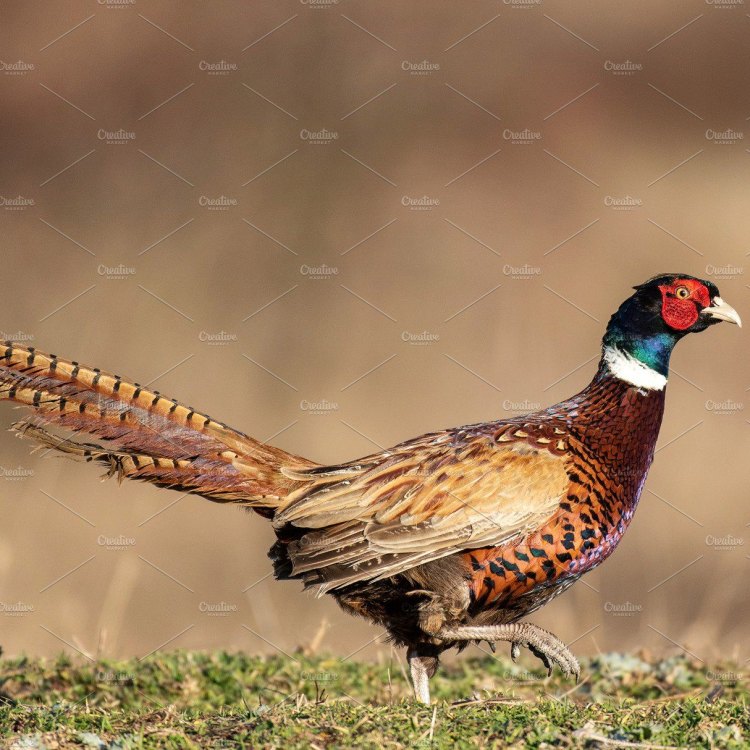
Pheasant
- Adult Size: Male - 500 to 1,000 g, Female - 650 to 800 g
- Average Lifespan: 1 to 2 years (wild), up to 20 years (captivity)
- Reproduction: Sexual reproduction
- Reproductive Behavior: Polygynous (males mate with multiple females)
- Sound or Call: Males make a loud crowing call
- Migration Pattern: Non-migratory
- Social Groups: Solitary or in small groups
- Behavior: Most active during the day
- Threats: Habitat loss, hunting, poaching
- Conservation Status: Least Concern
- Impact on Ecosystem: Seed dispersal
- Human Use: Hunting, food source
- Distinctive Features: Long tail, colorful plumage (in males)
- Interesting Facts: Pheasants are popular game birds and are often bred and released for hunting purposes.
- Predator: Humans, birds of prey, carnivorous mammals
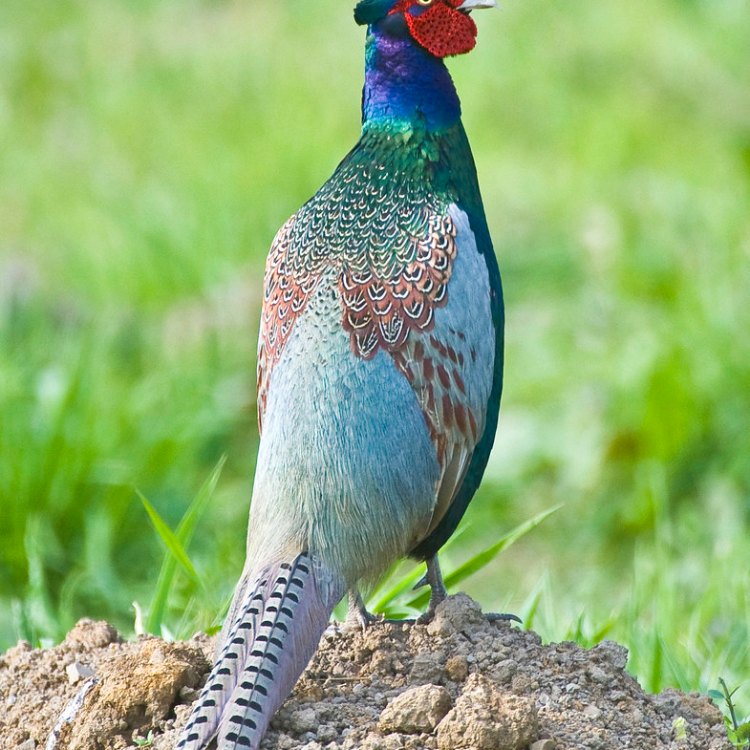
Phasianus colchicus
Elegant and Elusive: The Fascinating World of Pheasants
In the wild and rugged terrain of the Northern Hemisphere, there is a bird that has captured the hearts of humans for centuries - the pheasant. With its striking and vibrant feathers, this elusive and elegant bird has been the subject of countless legends, stories, and even art. However, despite its popularity, there is still much to be discovered and understood about these fascinating creatures.Whether it's their unique reproductive behavior, distinctive features, or impact on ecosystems, pheasants have a rich and diverse history that is worth exploring PeaceOfAnimals.Com. So, let's delve into the wild and wonderful world of pheasants and uncover the secrets of this majestic bird.
Majestic and Eye-catching: The Pheasant's Physical Appearance
The pheasant is a medium-sized bird, with males weighing between 500 to 1,000 g and females between 650 to 800 g. Their average lifespan is anywhere from 1 to 2 years in the wild, but in captivity, they can live up to 20 years.
The most striking feature of a pheasant is undoubtedly its colorful plumage, especially in males. Their iridescent feathers can come in various shades of green, blue, red, and gold, making them a sight to behold. Additionally, males also have long tails, ranging from 18 to 27 inches, which they use to perform elaborate courtship displays to attract females.
Looking at them, it's no surprise that pheasants have been used as symbols of beauty and nobility in many cultures. Their physical appearance has even inspired the creation of popular fashion accessories, such as feather boas and hair extensions.
A Closer Look at the Pheasant's Reproductive Behavior
Like many other birds, pheasants reproduce through sexual reproduction Pygmy Python. However, what sets them apart is their unique reproductive behavior. Pheasants are polygynous, which means that males mate with multiple females during the breeding season.
This behavior is believed to have evolved as a survival strategy for males, as it increases their chances of passing on their genes and ensures the survival of their offspring. It is also common for males to display dominance over one another during this time, as they compete for the attention of females.
In addition to their impressive courtship displays, pheasants also have an interesting way of communicating with each other. Males make a loud crowing call that can be heard from a considerable distance, signaling their territory and attracting females.
Living in Solitude: The Social Structure of Pheasants
Pheasants are primarily solitary birds, though they may sometimes be seen in small groups. They are most active during the day, but they prefer to spend their time blending into their surroundings and are notoriously elusive.
However, during the breeding season, males will become more social as they compete for mates. After mating, females will lay their eggs in a hidden nest and raise their offspring alone.
Uncovering the Pheasant's Migration Pattern
Despite their ability to fly, pheasants are non-migratory birds. They prefer to stay in one place unless they are facing extreme weather conditions or are forced to migrate due to habitat loss.
Migration can be a dangerous and stressful time for pheasants, as they are at risk of facing predators and other threats. This is why conservation efforts aimed at protecting their habitats are crucial for their survival.
The Threats Facing Pheasants: How Humans Play a Role
Unfortunately, pheasants face numerous threats in their habitats, with humans being the main culprit. Habitat loss due to agricultural development and urbanization is one of the biggest threats faced by pheasants.
In addition, pheasants are also a popular game bird and are often hunted for sport and meat, leading to a decline in their population. Furthermore, poaching and illegal trade of pheasants for their feathers and meat are also significant problems that contribute to their decline.
These threats have resulted in pheasants being listed as "Least Concern" on the International Union for Conservation of Nature's Red List of Threatened Species. However, continued conservation efforts are essential to ensure their survival in the wild and protect their ecosystems.
The Important Role of Pheasants in Ecosystems
Pheasants may be popular game birds, but they also play a crucial role in maintaining healthy ecosystems. As omnivores, they eat a variety of plants and small animals, contributing to seed dispersal and insect control.
During the winter, pheasants also play a role in seed dispersal as they eat berries and seeds, allowing for the distribution of these plants throughout their habitat. This helps to maintain biodiversity and balance in their ecosystems.
The Human Use of Pheasants: More Than Just for Hunting
Pheasants have been a staple in many cultures' diets for centuries and are still a popular food source today. In addition to hunting, pheasants are also bred and raised in captivity for their meat, making them an essential part of our food systems.
Moreover, pheasants have also been used for research and scientific studies due to their unique reproductive behavior and their impact on ecosystems. This has helped us gain a better understanding of their role in the wild and how we can protect them.
Unveiling the Fascinating Facts of Pheasants
Pheasants are not only beautiful and important to ecosystems, but they also have a few interesting quirks and traits worth knowing. For example, pheasants are one of the few bird species that have been observed to exhibit "crepuscular" behavior, meaning they are most active during dawn and dusk.
Additionally, pheasants are known to be quite elusive and have a knack for blending into their surroundings. This ability has earned them the nickname "Houdini of the bird world," highlighting their unmatched survival skills.
Another fascinating fact about pheasants is that they have been domesticated and bred for hunting purposes since the ancient Roman era. This practice is still prevalent today, with millions of pheasants being released into the wild each year for hunters to pursue.
The Deadly Predators of Pheasants: A Constant Threat
As with any animal, pheasants face numerous threats in their environment. Their predators include humans, birds of prey, and carnivorous mammals such as foxes, coyotes, and raccoons.
For this reason, pheasants have developed various survival mechanisms, such as blending into their surroundings, flying at high speeds, and seeking shelter in dense vegetation. However, human intervention and habitat loss have significantly reduced their ability to evade predators, making them more vulnerable.
In Conclusion
The world of pheasants is full of wonder, beauty, and mystery. From their striking physical appearance to their unique reproductive behavior and impact on ecosystems, these birds have captured our attention and sparked our curiosity for centuries.
However, as with many other species, pheasants face numerous threats that put their survival at risk. It is
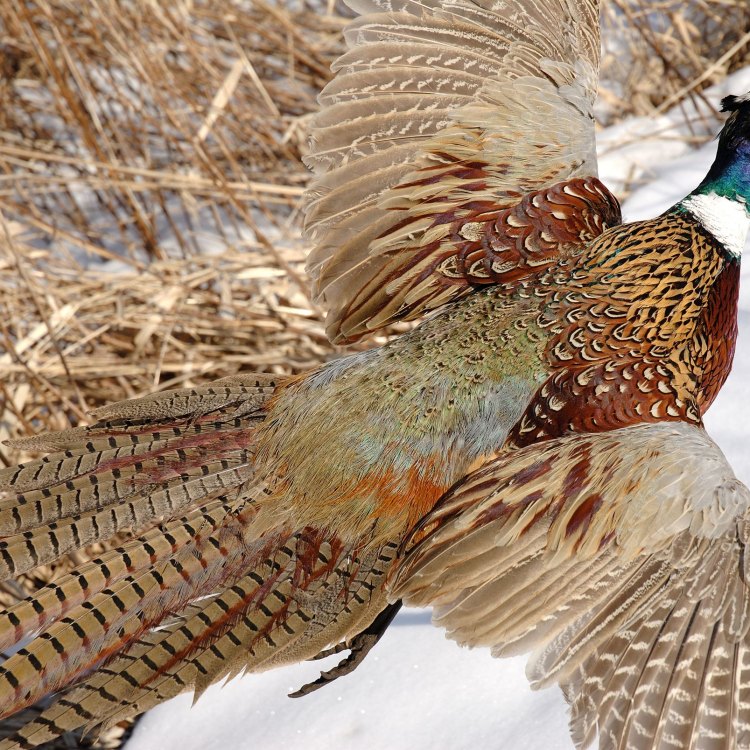
The Majestic Pheasant: A Colorful Bird with a Rich History
Disclaimer: The content provided is for informational purposes only. We cannot guarantee the accuracy of the information on this page 100%. All information provided here may change without prior notice.

